It is 2023 and it is unfortunate that even today, the State and its men still feel entitled to command and tell Muslim women what to wear and what not to, how to behave, what to choose, where to go and where not to, and most importantly, how to live. It comes as no surprise for a woman like me who wears a hijab, asserts her identity, and experiences such incidences daily, all while receiving education in a well-known heterogenous university in the capital city of Delhi.
At the same time, I cannot stop thinking about how many Muslim women in Karnataka and a few other parts of the country have recently been asked to choose between their hijab and their education. On the contrary, we have a situation in Iran where women like Mahsa Amini are killed for not wearing the hijab or their way of wearing it.
At the same time, I cannot stop thinking about how many Muslim women in Karnataka and a few other parts of the country have recently been asked to choose between their hijab and their education. On the contrary, we have a situation in Iran where women like Mahsa Amini are killed for not wearing the hijab or their way of wearing it. In both situations, Muslim women and their identities are getting deprived and killed simultaneously, with regards to the piece of cloth they are wearing or not wearing. In both situations, we have the State, majorly composed of men, who claim to be the messiah of Muslim women and thus feel that their patriarchy is threatened if women resist and oppose any of their ways and decisions. If anything, authoritative regimes and their sick mentality still feel that women are their property and will continue to submit to their authority.
Men, god complexes and the rooted incidents of everyday life affecting Muslim women
I want to shed light on the more rooted and ground-level issues, for a while. I strongly believe these small and local issues ultimately lead to bigger tragedies for Muslim women. In one such incident, I learned the extent men can go to exercise their unwanted opinions on women and how well these men assert their presence again and again in society. My mother wears an abaya (a long veil worn by Muslim women with a hijab) and sometimes, she just covers her head, without an abaya.

Recently, I went shopping with her in a local market nearby, a shop we often visit to buy necessary items. A 50-year-old man is the owner of the shop. The moment we enter the shop, he says to my mother, ‘Aap toh abaya pehenti thi? Utaar kyun diya, abaya toh musalaam aurton ko pehenna chahiye, galat kiya aapne‘. (Didn’t you use to wear an abaya? Why did you remove it? Muslim women should wear it, you did a wrong thing by removing it). I was stunned and taken aback the moment I heard this statement, I could not comprehend why anybody would say that. I came out of the shop with my mother and since then, I cannot stop thinking about the audacity of men to even observe what women are wearing or not wearing around them, let alone feel an obligation to say such things to them, especially in public places.
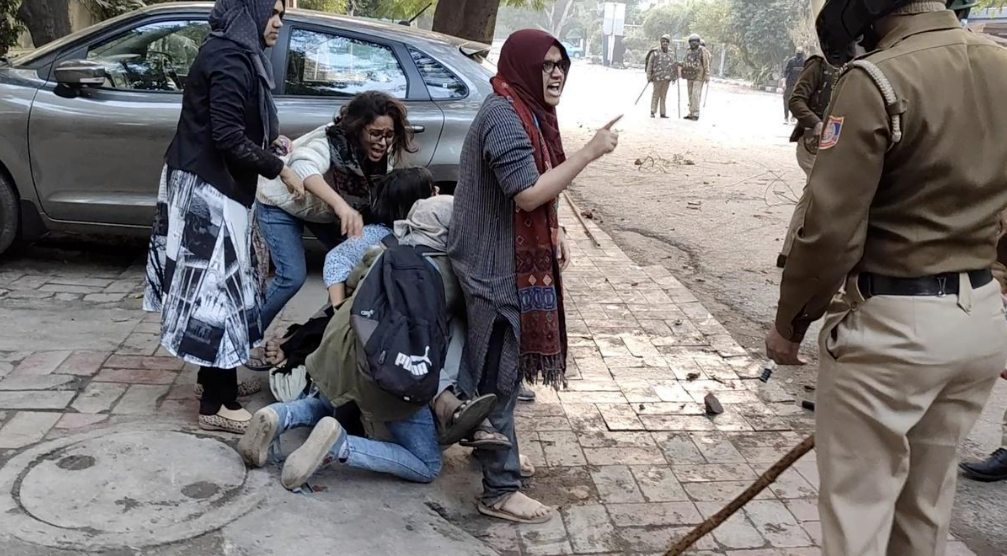
In an equally saddening incident, my aunt who is a news reporter uploaded a video reporting an incident. She is seen wearing an Indian suit and a man out of nowhere comments, ‘She should cover her head, but no worries, at least her chest is covered with her dupatta‘. For a few seconds, my mind could not comprehend this. I read this comment while watching her video, and truth be told, I was not surprised.
It was almost like I was transported hundred years back to when women and their entire identities were reduced to their bodies and certain body parts, functioning under the commandments and authority of the men around them, where they had zero agency over themselves, and where a woman, with all of her faculties out in public, is a nightmare for the patriarchy.
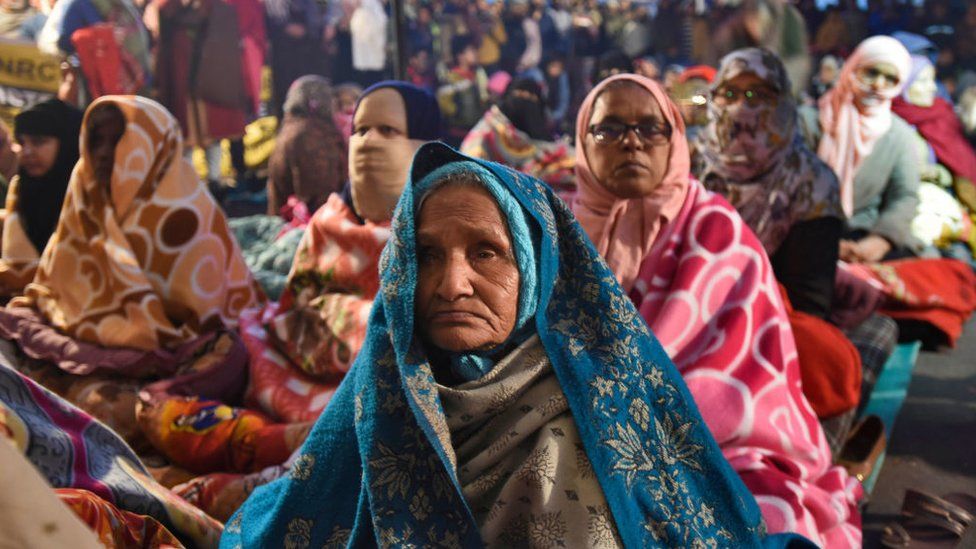
Then, what is left for men to do? They resort to giving unnecessary opinions, suggestions, and sick observations. Even worse, they post unsolicited comments under videos and pictures in the new emerging technological world.
What is worth observing in both situations is how minutely mansplaining works, especially in local and day-to-day events where everything seems to be in a rush. Thus comments and observations like these are not given much attention and thought. Incidents like these are then not just limited to Muslim women, it takes a bigger picture into account where almost every woman goes through such experiences daily, yet is expected to be ignorant and silent, passively surrendering to the man’s world.
What is worth observing in both situations is how minutely mansplaining works, especially in local and day-to-day events where everything seems to be in a rush. Thus comments and observations like these are not given much attention and thought. Incidents like these are then not just limited to Muslim women, it takes a bigger picture into account where almost every woman goes through such experiences daily, yet is expected to be ignorant and silent, passively surrendering to the man’s world.
The State and male saviour narratives targeting Muslim women
The word ‘messiah’, which translates to ‘a leader regarded as the saviour of a particular country, group, or cause‘ has recently been reinterpreted to align with the male saviour narrative when it comes to saving Muslim women from the so-called oppression they are said to be facing. In an equally concerning situation, the same messiah considers himself to be the commander of the religion of Islam, where what he does is of no importance but how well the Muslim woman carries her religion is of utmost significance. This largely comprises state functioning which controls and restricts the choices of Muslim women.
To talk about my home country which is under the saffron stronghold, where anybody who does not fit into this color scheme is marginalised, deprived, and asked to pay a very hefty price on account of their identity. Of course, it starts with controlling a woman’s education. Once education is under control, no woman can raise her voice thus dissent is stifled forever. This comes as no surprise because this is what is precisely followed by the Indian state where Muslim women must choose between their education or the hijab. On the flip side, the Iranian state makes women choose between wearing a hijab or embracing death by execution.
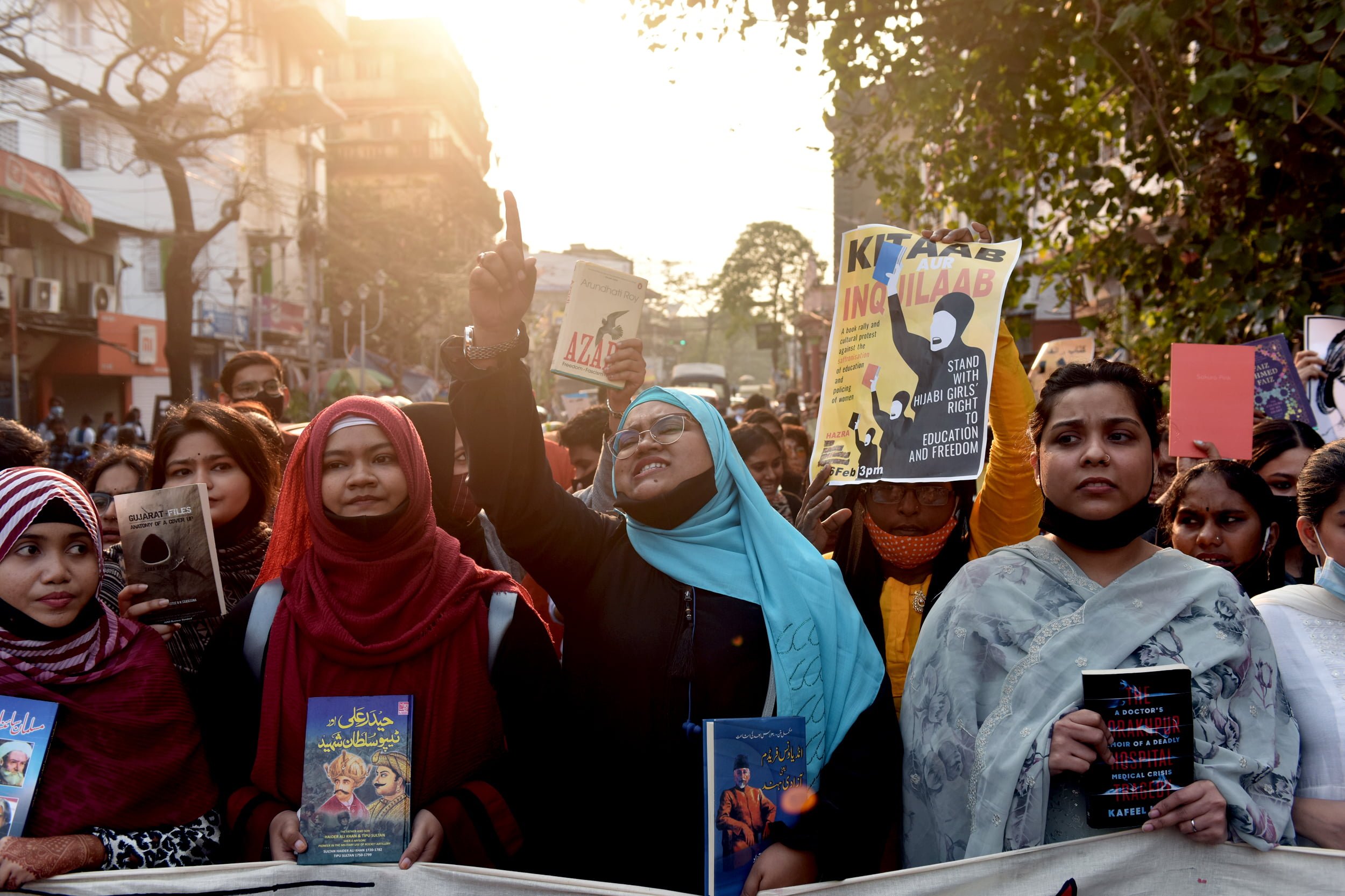
In the latter situation, the messiah takes the form of the oppressor where the source of oppression is no longer a woman’s hijab but the men, who feel they must show women their place in an important Islamic society. Men either believe that they must liberate women or bring them under the umbrella of religion and protect them. In both situations, women are considered too weak to make decisions for themselves and are imagined as non-agential beings who are in dire need of a male to save them from any threat or oppression.
Easy solutions, tough implementations
How any Muslim woman carries her religion is not the business of any State or man. It is solely between her and her god. A woman is mature enough to make decisions for herself. What parts of her body she covers or reveals is the last thing any man or any State in the world should be concerned about. The solution is very simple but it can be easily complicated by states like India, Iran and even the local streets, shops, and localities where men have taken the power structures in their hands and continue to misuse it by constantly critiquing women and their choices.
Where to draw the line, then? How does a Muslim woman tackle her identity in such situations and when does the State consider her as a human being where she is more than what she wears, how she looks, and what she chooses? When are choices truly free for any Muslim woman and she feels incorporated in the mainstream state structure? There are multiple questions for feminist scholars of today’s day and age to deal with. Waking up to news of women’s choices incurring harsh punishment is not unusual today. Yet it is saddening and heartbreaking. It is high time the State and its men take a step back, shed their shrinking male egos, and start working to solve the actual ground-level challenges present not just in states like India and Iran but in every state which claims to be inclusive, independent, and free for all of its citizens in the 21st century.
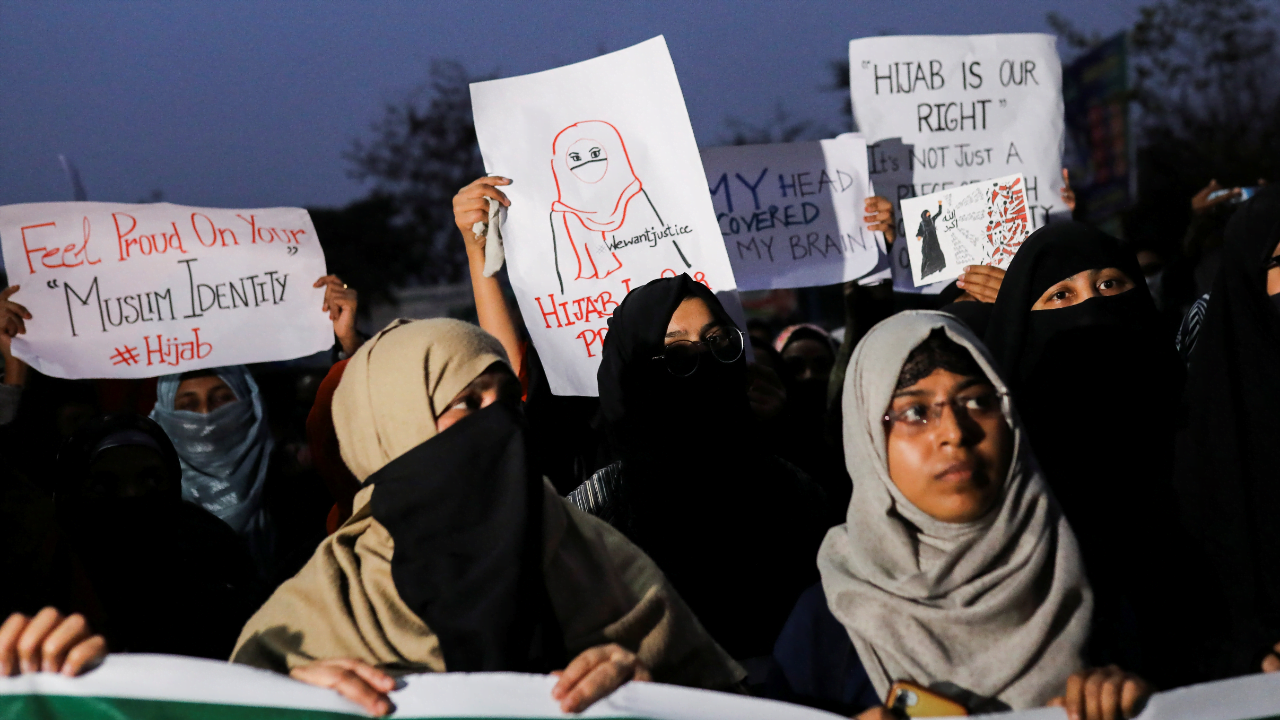
Muslim women should be free. They should be allowed to exercise their freedom, choice, and individuality. They should be considered voiced beings, who are able to decide and choose what is good and what is bad for them. They should have a space to live life on their own terms. The State and its men have to exit from their world for them to enjoy complete freedom and liberation in India, Iran, and everywhere else, in today’s age.
About the author(s)
Zainab is a literature student at the University of Delhi. She loves stories, books, cinema and humans too, sometimes!
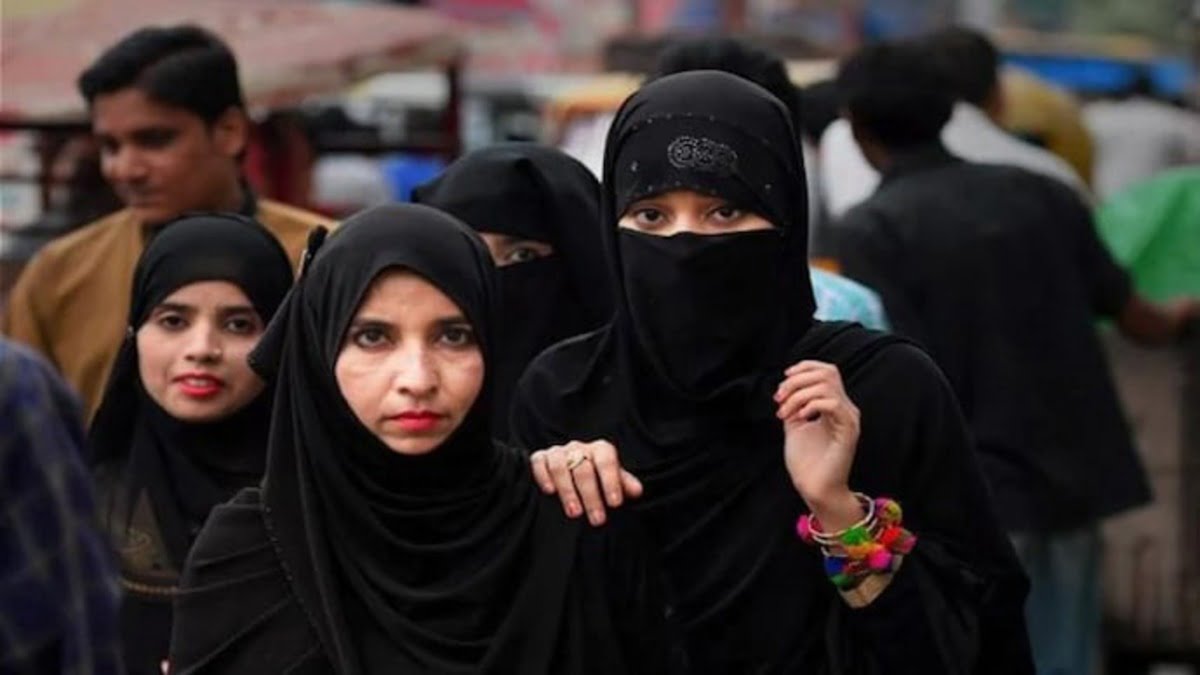

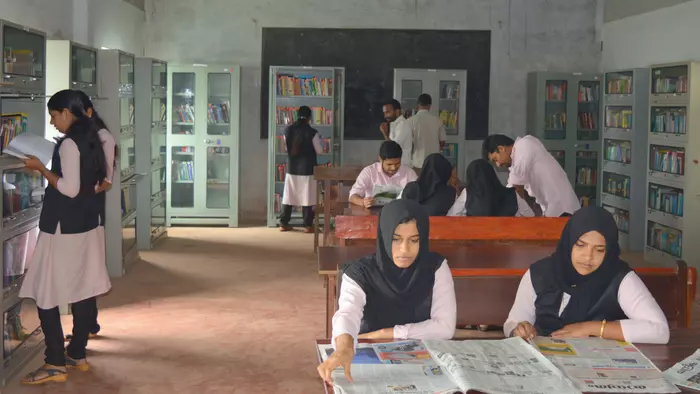
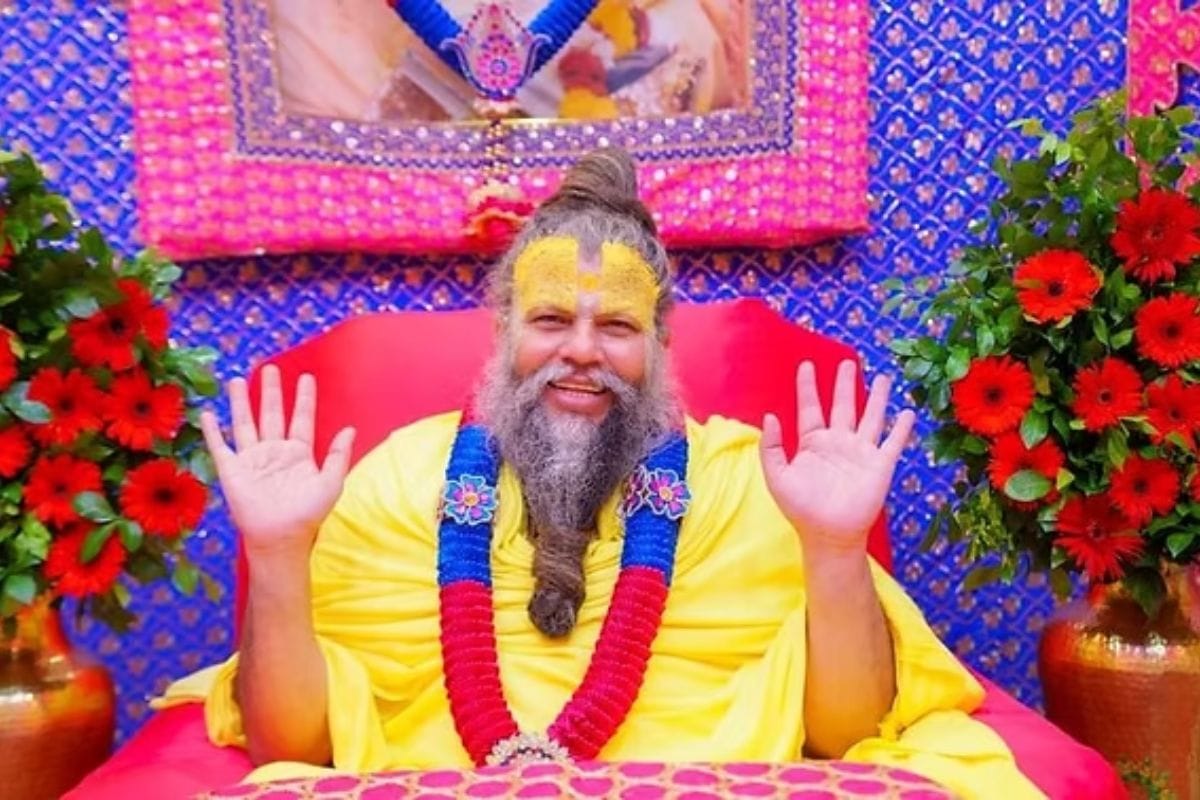


Zainab, you did such a good job. These exact thoughts have been doing rounds in my mind for a few weeks, and you said exactly what was needed. Thankyou.
Exactly, when the women is more than what she wears, how she looks, and what she chooses?
Insightful and well put!